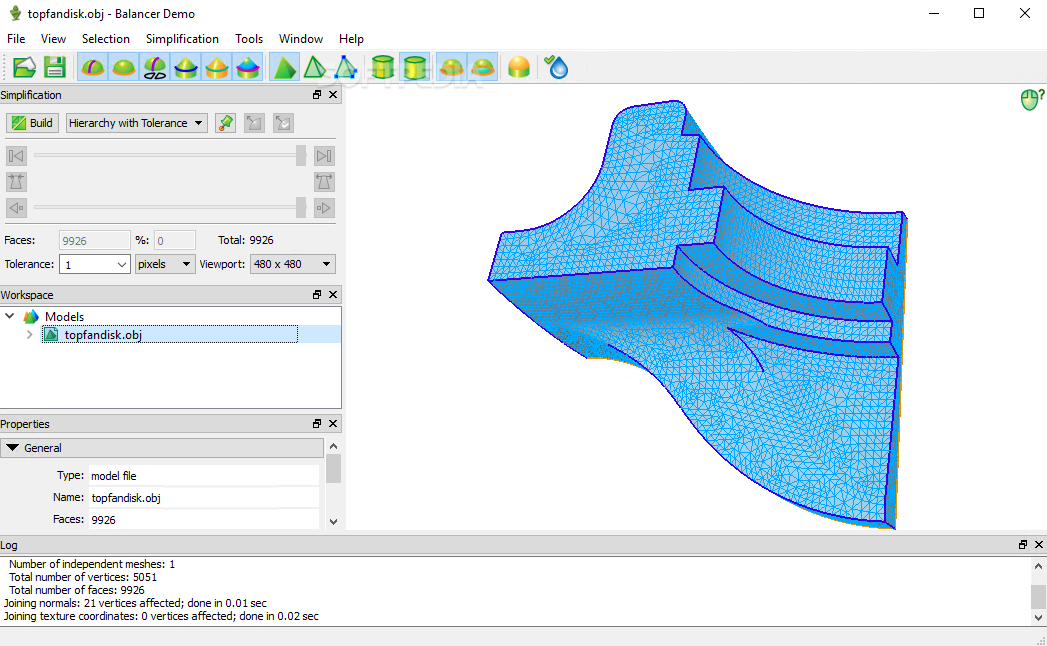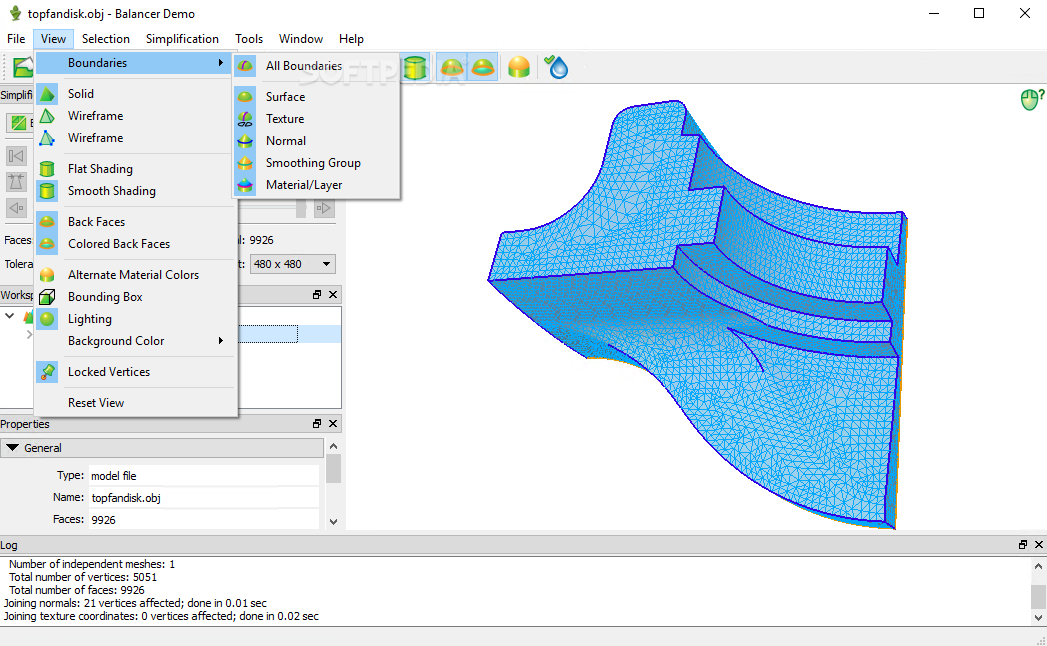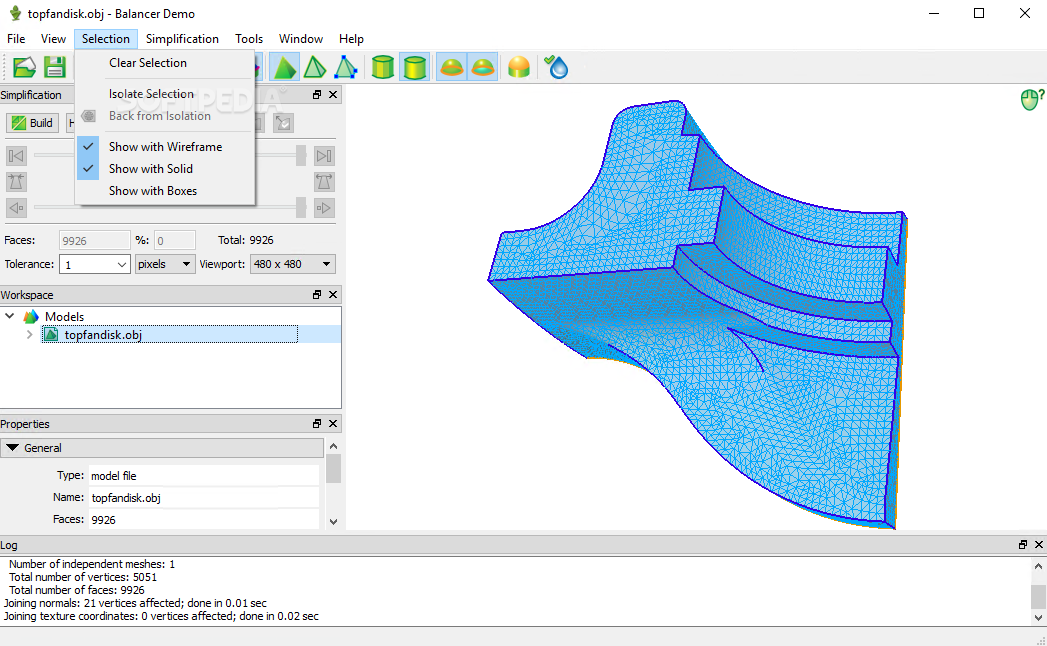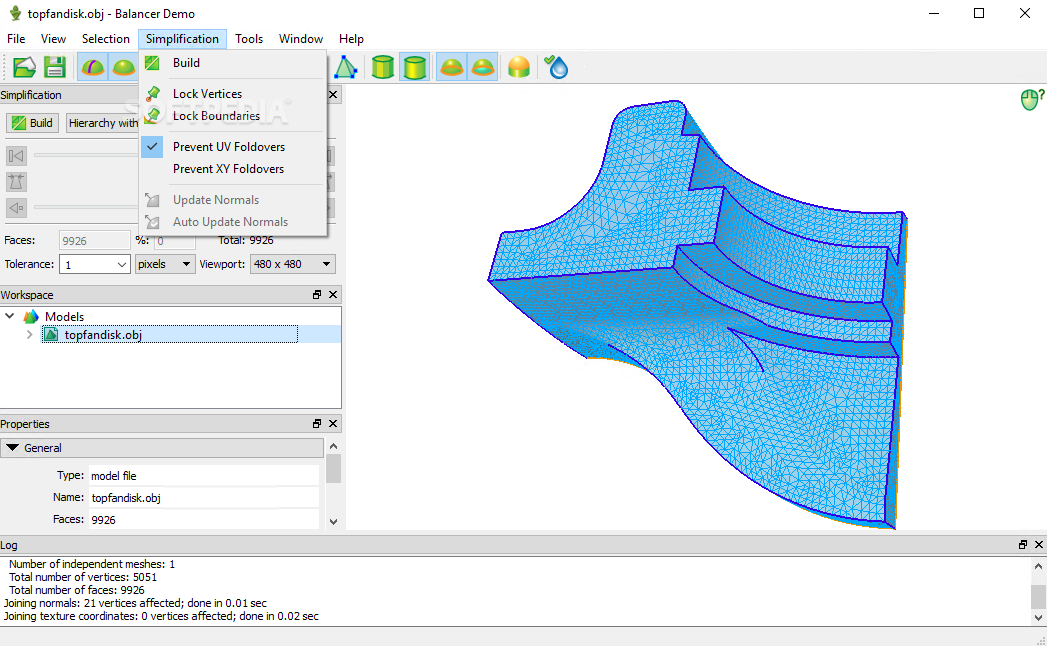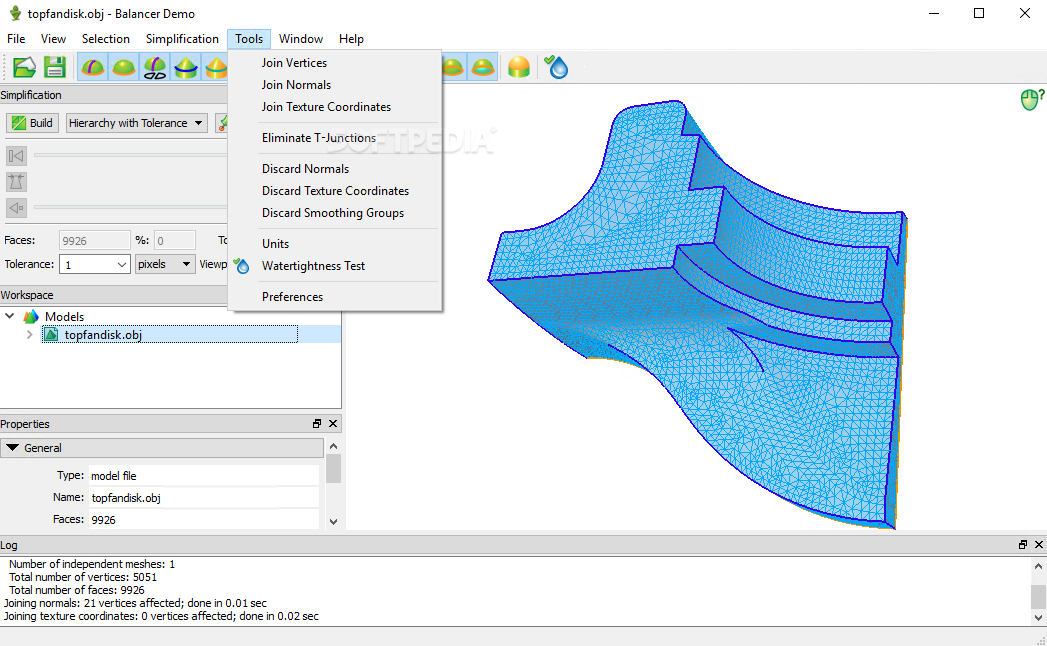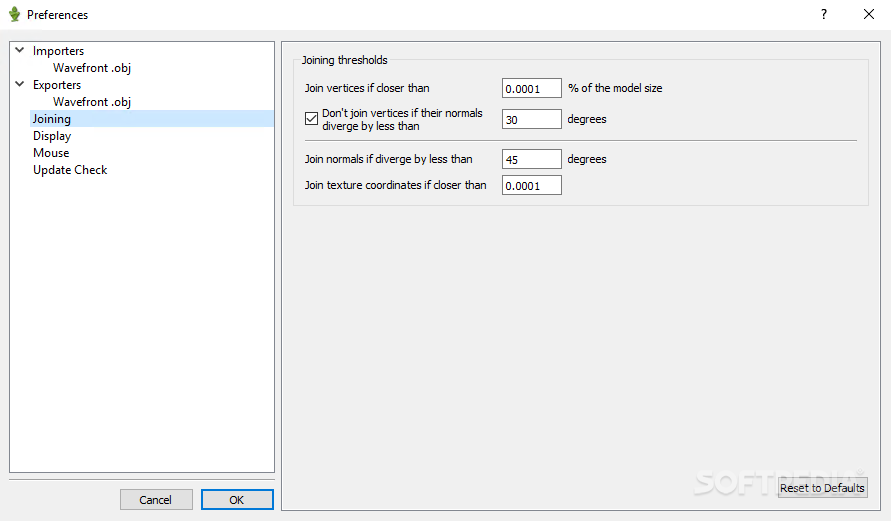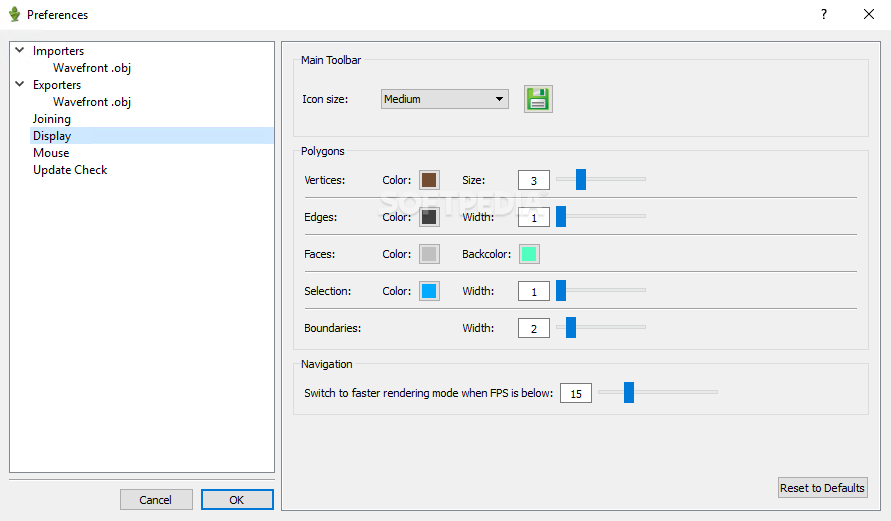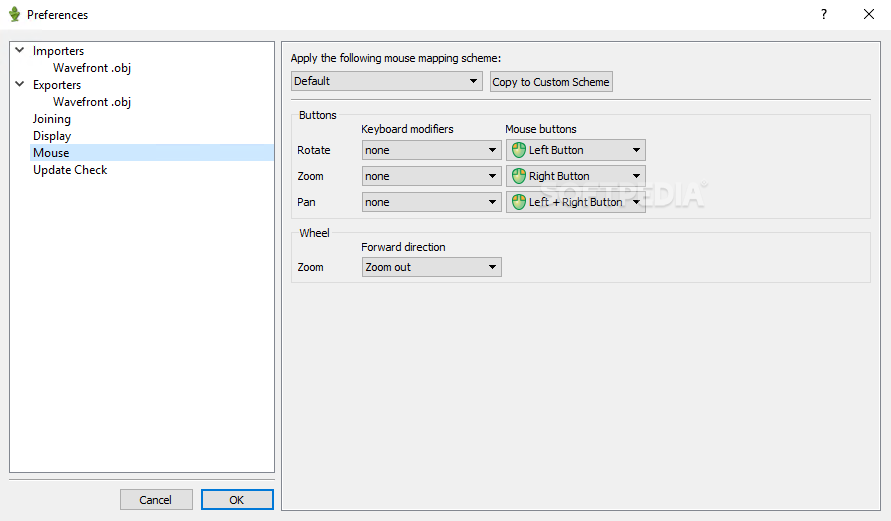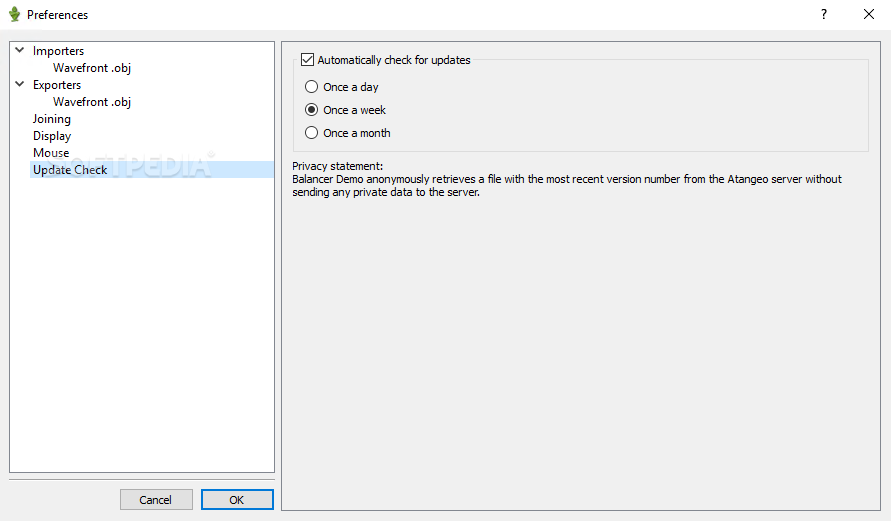Description
Balancer
Balancer is a cool, lightweight software that’s totally free! It’s designed to help you optimize and simplify 3D polygonal models. What’s neat is that it uses mesh simplification, which means it keeps your model looking great while speeding up rendering times.
What Balancer Can Do
Now, before you dive in, just know that this app isn’t meant for creating or editing models. For that, you might want to check out other tools like Blender, 3ds Max, Cinema 4D, or Lightwave.
User-Friendly Installation
The installation process is super quick! One cool thing is that it can include sample files so you can see how Balancer Lite works right away.
Interface Overview
The interface looks professional for a free program! You’ve got a big window with menus for viewing, selecting, simplifying, and using various tools.
File Management with Balancer
You save your projects as .obj files. Just a heads up: Balancer doesn’t support importing or exporting models in other formats. But it has a workspace where you can easily explore all the meshes in your project. Plus, if you want to focus on one mesh at a time, you can make others invisible with just one click!
Viewing Your Model
You can use your mouse to rotate the model and check it out from different angles. Want to switch things up? Toggle between solid view, wireframe view, and vertex view mode. You can also choose flat or smooth shading and even personalize the background color!
Advanced Features of Balancer
Bigger changes? You can alter material colors, turn lighting on or off, and set boundaries between surfaces and textures. The aerial mode gives you a bird’s eye view too!
Simplifying Meshes Made Easy
Banish T-junctions and eliminate unwanted normals with ease! When simplifying meshes, lock vertices and prevent UV foldovers as needed.
Performance Tracking
The app shows log details on the bottom of the screen so you can keep an eye on what it's doing.
Your Perfect 3D Modeling Companion!
You’ll find options to optimize vertex cache by arranging triangles for better rendering speeds. By default, texture coordinates and vertex normals are saved with your project but feel free to exclude them if needed.
Download Balancer here!
If you're into customizing further, there are options for changing display colors and sizes too. Plus, you can remap keyboard shortcuts!
No Stability Issues Here!
User Reviews for Balancer 8
-
for Balancer
Balancer provides a professional interface for model simplification. It's stable, resource-efficient, and a great tool for optimizing 3D models.
-
for Balancer
Balancer is a user-friendly tool providing seamless optimization...
-
for Balancer
Balancer is a fantastic tool for optimizing 3D models! It simplifies the process while maintaining quality.
-
for Balancer
I love how user-friendly Balancer is! It helped me speed up my model rendering significantly. Highly recommended!
-
for Balancer
Amazing app! Balancer made it easy to simplify complex models without losing detail. A must-have for 3D artists!
-
for Balancer
Balancer is impressive! The interface is sleek and professional, and it works smoothly on my system. Five stars!
-
for Balancer
This app is a game changer for 3D modeling. Balancer optimizes meshes perfectly and is super easy to use!

